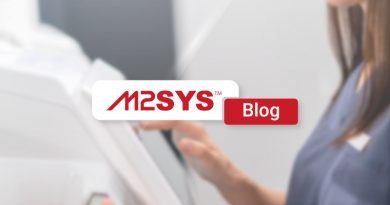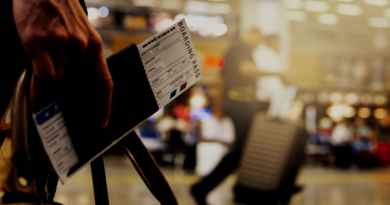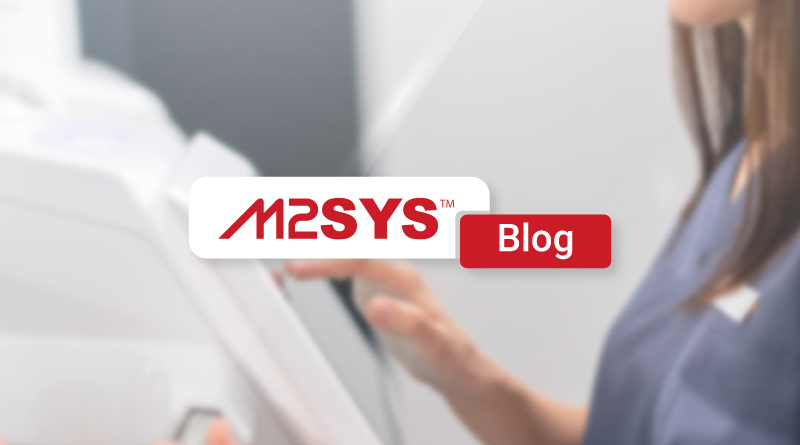AI at the Border: How Real-Time Traveler Screening is Transforming National Security
AI border security is revolutionizing national security by enabling real-time traveler screening. This technology helps governments manage threats like terrorism and smuggling efficiently, reducing processing times by up to 40%. By integrating AI, agencies can focus on genuine risks, enhancing safety and speeding up travel.
TL;DR
- Over 1.4 billion people cross borders annually, posing challenges for national security.
- AI border security enhances threat detection, reducing processing times by up to 40%.
- High-risk screening uses AI to analyze data for red flags, improving efficiency and safety.
- Integration issues and high costs are major challenges for AI implementation in border security.
- Solutions like M2SYS SecuredPass™ offer customizable, secure data sharing to overcome these obstacles.
- Real-time traveler verification minimizes false alerts and ensures compliance with privacy laws.
- Scalable AI solutions adapt to demand, supporting compliance and reducing operational strain.
- AI provides data-driven insights, enhancing national security and resource use.
Transform your border security with cutting-edge AI solutions. Contact M2SYS to learn more about implementing effective, scalable systems today!
Did you know that over 1.4 billion people cross international borders each year, according to the World Tourism Organization? This massive flow creates huge challenges for national security teams who must spot threats quickly without slowing down travel.
What is AI border security and why does it matter?
Governments worldwide deal with rising threats from terrorism, smuggling, and illegal migration. Traditional methods rely on manual checks, which often lead to long lines and missed risks. However, AI changes this by using smart tech to scan travelers in real time. For example, systems now analyze data patterns to flag unusual behavior right away. This shift helps agencies keep borders safe while letting legitimate travelers move faster. In fact, a report from the International Organization for Migration shows that advanced screening cuts processing times by up to 40 percent. So, border teams can focus on real dangers instead of routine tasks.
How does high-risk screening work in modern border control?
High-risk screening starts with collecting data like passports, visas, and travel history. Then, AI-powered custom workflows process this information instantly. They look for red flags, such as mismatched identities or odd travel routes. Border officials get alerts on their devices, allowing quick action. Yet, many agencies struggle with old systems that do not connect well, leading to delays and errors. For instance, if immigration and customs databases fail to share info, officers might overlook key details. Moreover, high operational costs from outdated tech drain budgets, and compliance with new laws adds more pressure. Therefore, finding ways to integrate these elements becomes essential for effective security.
What challenges do agencies face with AI border security implementation?
Integration often tops the list of pain points. Many border systems come from different vendors, creating silos that hinder data flow. Additionally, deployment can take months, leaving gaps in security during busy seasons. High costs for custom setups also burden smaller agencies. Furthermore, ensuring interoperability between immigration, customs, and law enforcement remains a hurdle. Without smooth connections, teams waste time on manual data entry, increasing the chance of human error. A study by Deloitte highlights that 60 percent of government projects face delays due to these issues. Consequently, agencies need solutions that address these problems head-on to maintain strong national security.
How can governments overcome high-risk screening obstacles?
One approach involves adopting platforms that allow quick customization and secure data sharing. For example, M2SYS eGov Solution serves as a platform that builds and delivers tailored border control solutions. With over 20 years of experience working with governments globally and in the United States, M2SYS helps agencies create systems that fit specific needs. This means border teams can set up real-time screening without major overhauls. Moreover, the platform ensures secure links between different systems, reducing integration challenges. As a result, officials handle high-risk cases more efficiently, cutting costs and delays.
What role does real-time traveler verification play in AI border security?
Real-time verification checks identities on the spot using data from multiple sources. AI algorithms spot inconsistencies, like a traveler with a flagged watchlist match. This process minimizes false alerts, which plague manual methods. For instance, during peak hours at airports, quick scans prevent backups. However, without adaptable tools, agencies risk non-compliance with regulations like GDPR or U.S. data privacy laws. Therefore, solutions that learn and improve over time prove invaluable. They adapt to new threats, such as emerging smuggling tactics, keeping borders one step ahead.
How to deploy AI for high-risk screening at land, air, and sea borders?
Deployment begins with assessing current setups and identifying gaps. Agencies can then build workflows that automate checks across entry points. For land borders, this might mean mobile units for vehicle scans. At airports, integrated kiosks speed up passenger flow. Sea ports benefit from container tracking tied to traveler data. Yet, interoperability issues often slow progress. Platforms like M2SYS Border Control Solution tackle this by enabling seamless connections. Governments use it to deliver customized solutions that work across all border types. Consequently, teams reduce manual workloads and boost threat detection rates.
What are real-world examples of successful AI border security?
In Europe, several countries have rolled out AI systems that cut illegal entries by 25 percent, per EU reports. Similarly, U.S. Customs and Border Protection uses advanced screening to process millions of travelers yearly. These cases show how AI handles volume without sacrificing safety. However, early adopters faced high costs and setup delays. Now, with better platforms, agencies see faster returns. For example, integrating with existing databases allows immediate improvements in accuracy. Thus, these stories prove that smart investments pay off in stronger security.
Why choose scalable solutions for high-risk screening?
Scalable options grow with demand, handling everything from small checkpoints to major hubs. They also support compliance by updating to meet new policies. Biometric technology, as a platform for building secure border solutions, offers this flexibility. It lets agencies customize risk levels and integrate with law enforcement networks. Over time, this reduces errors and operational strain. In short, it empowers governments to respond to global trends like increased migration. By focusing on practical tools, agencies build trust and efficiency in border management.
How does AI improve national security through traveler screening?
AI boosts security by providing data-driven insights that humans might miss. It analyzes vast amounts of information quickly, spotting patterns linked to risks. For agencies, this means fewer breaches and better resource use. Yet, the key lies in choosing platforms that prioritize security and ease of use. With AI, governments deliver interoperable solutions that address real pain points. This approach not only solves current issues but also prepares for future challenges, ensuring borders remain secure and efficient.
AI border security replaces manual checks with automated systems that analyze data in real time. This approach reduces processing times by up to 40%, allowing security teams to focus on actual threats rather than routine tasks.
How does the M2SYS Border Control Solution enhance border security?
The M2SYS Border Control Solution offers a customizable platform to tailor border processes to specific national needs. It uses AI for real-time anomaly detection and prioritization, thus minimizing unauthorized entries and increasing security efficacy.
Why is interoperability a significant challenge in implementing AI at borders?
Interoperability issues arise when systems from different vendors cannot communicate effectively, leading to data silos and inefficiencies. The SecuredPass™ Solution addresses this by enhancing secure data exchange and system integration.
What are some real-world examples of successful AI border security?
Countries in Europe have significantly decreased illegal entries by implementing AI, while U.S. Customs and Border Protection uses it to efficiently process large volumes of travelers. These examples underscore the AI's role in maintaining security without compromising processing speed.
How do AI-powered audit trails improve border security?
AI-powered audit trails track and log all activities, ensuring that security processes are transparent and secure. This minimizes errors and enhances response to potential threats.









